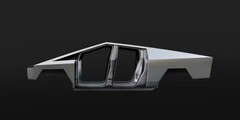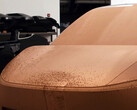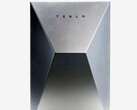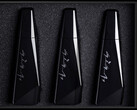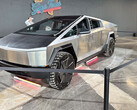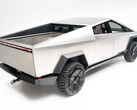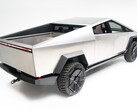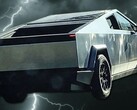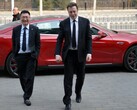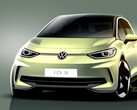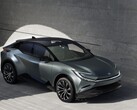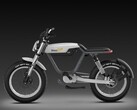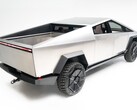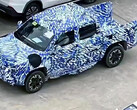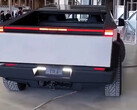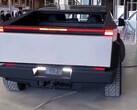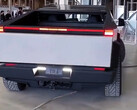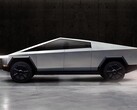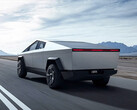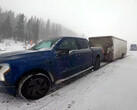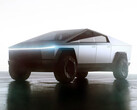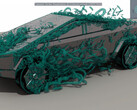While talking about the release of the upcoming Cybertruck electric pickup, Tesla's lead designer Franz von Holzhausen noted that the finalized retail model will actually be smaller than the prototypes we've seen bandied about so far, but only by a "few percentage points." He didn't elaborate where would the difference in size come from, but rather talked at length how the choice of the body material brought the angular utilitarian design of the Cybertruck.
Apparently, Tesla first decided to make a statement that the Cybertruck is as tough on the inside as it would look on the outside by choosing stainless steel for the body material, instead of something painted over, and then went into the shapes that steel allowed.
You could only break form and form it in one direction. You can’t do compound curves or things with the thickness of the stainless steel that we’re using. So it really led us to a design that was really planar, really simplistic, and it was also a chance to break the paradigm of what pickup trucks have been for the past 60 or 70 years. The same there’s kind of this three box shape, and we just thought from an aerodynamic perspective, having a covered back a sloping roof would also be helpful. And oddly enough, it may not look it, but the Cybertruck is an incredibly aerodynamic vehicle.
When asked about his favorite Tesla car design, he said that it's the one that's coming next but that he is not allowed to talk about it. Next up in Tesla's lineup should be the promised robotaxi - coming before the mass market Model 2 - and Elon Musk is on record saying that it will be "futuristic," so this could be what Franz von Holzhausen is referring to.
As if to confirm this, Tesla's chief of design added that the "advent of autonomy" is the future of transportation and it will "radically change the form of the car, how it's used, and how you use the interior space," hinting at his potential excitement about the new design possibilities that a Tesla robotaxi has presented to the team.




